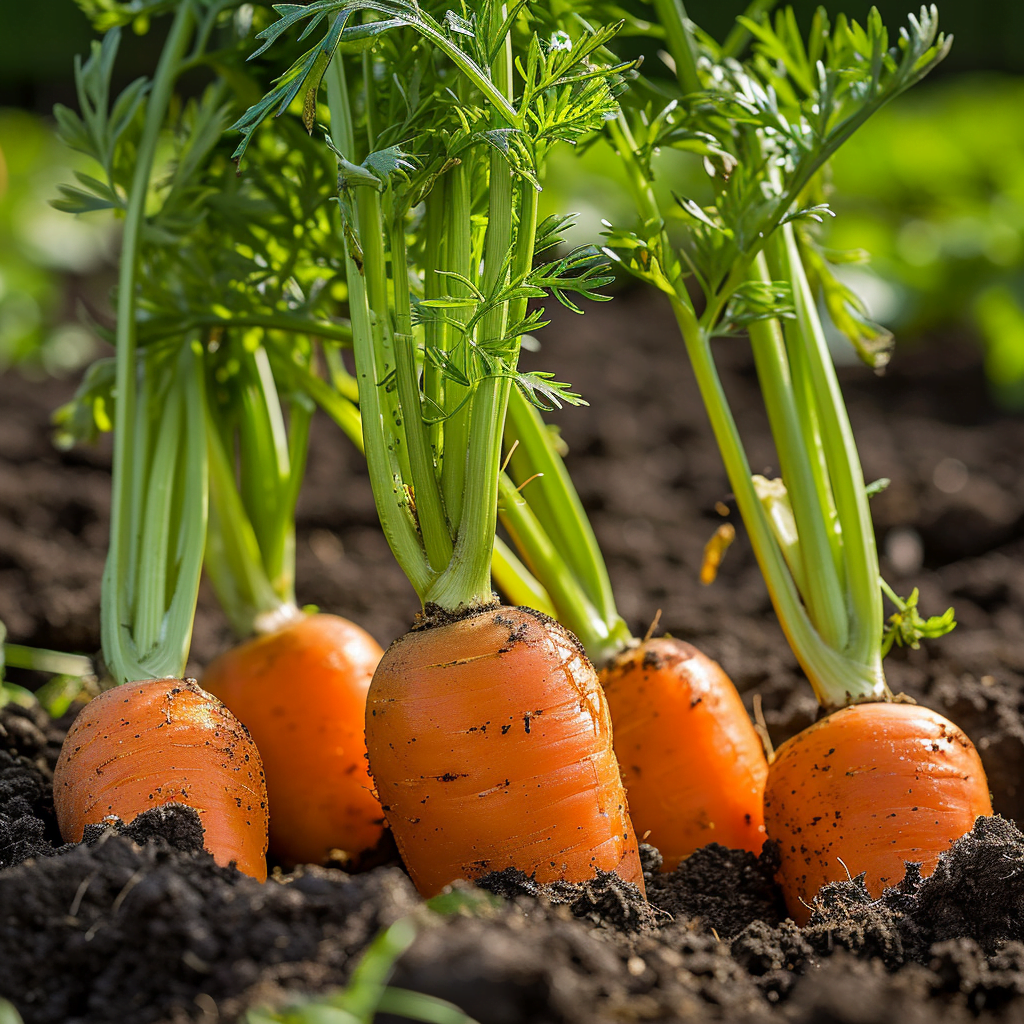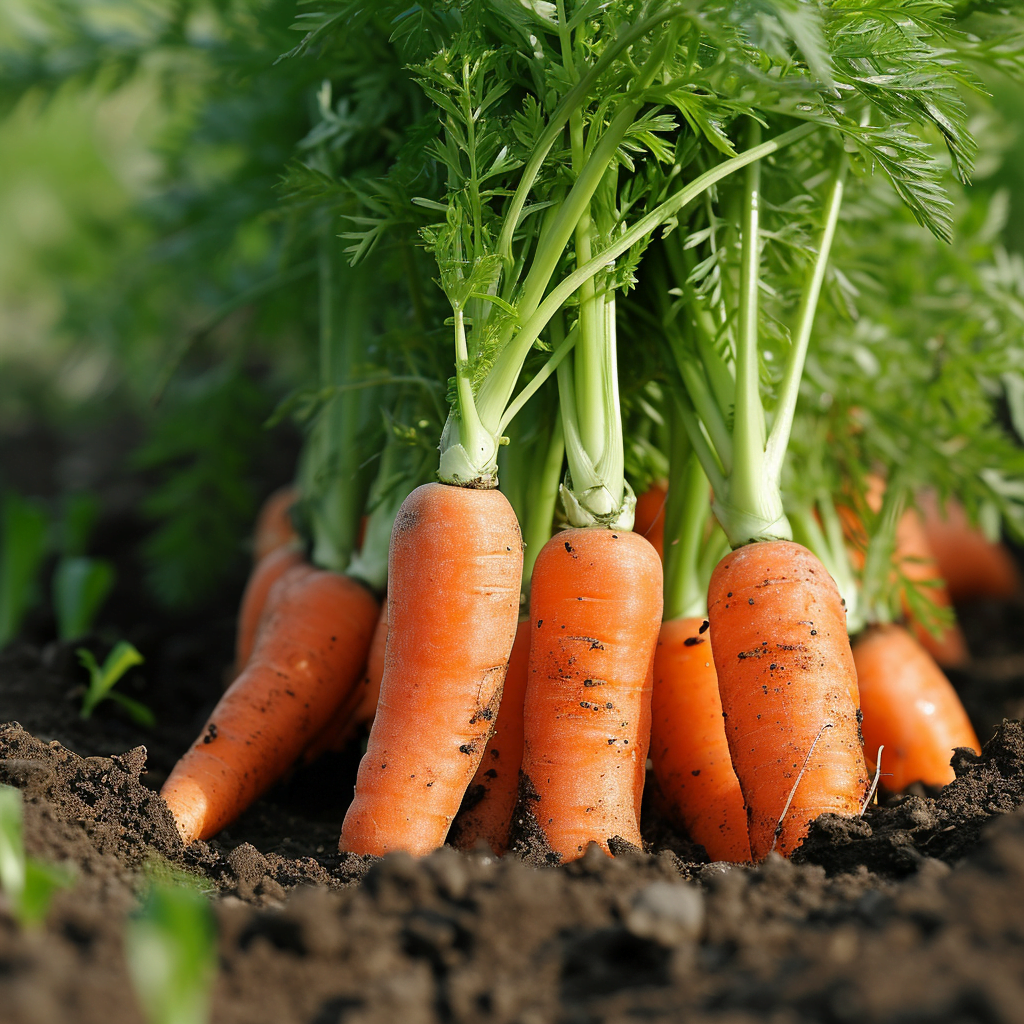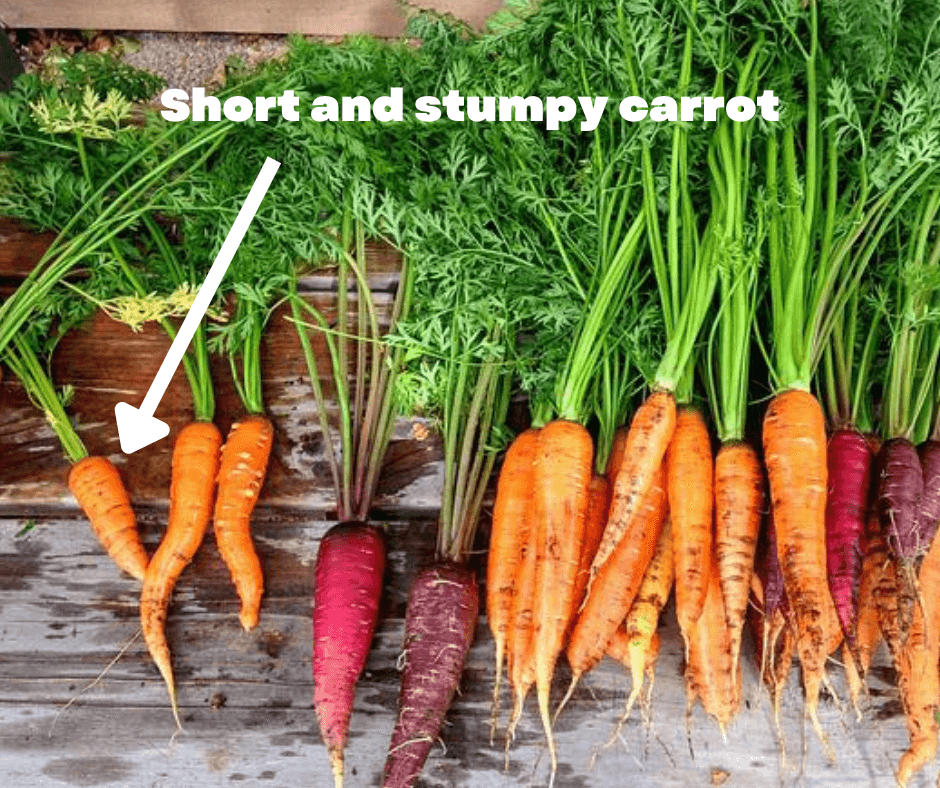So you’ve been thinking about starting your own garden, huh? Well, before you grab that shovel and start digging up your precious carrots and radishes, hold on just a second. It turns out that transplanting these particular veggies is not such a great idea, and I’m here to tell you why. Whether you’re a seasoned gardener or a newbie in the world of horticulture, understanding the reasons behind this recommendation can save you time, effort, and ultimately, disappointment. Let’s take a closer look at why it is not recommended to transplant carrots and radishes.
Reasons for Not Transplanting Carrots and Radishes
Transplanting vegetables like carrots and radishes is a common practice in gardening. However, when it comes to these specific root crops, transplanting is not recommended. There are several reasons why it is best to avoid transplanting carrots and radishes, ranging from root disturbance to environmental stress. In this article, we will delve into each reason in detail and explore the implications of transplanting on the growth, yield, and overall quality of these crops. So, if you’re considering transplanting carrots and radishes, read on to understand why it may not be the best course of action.
Root Disturbance
Carrots and Radishes are Root Crops
Carrots and radishes are unique vegetables as their edible parts are their roots. These crops rely heavily on a well-developed, undisturbed root system for optimal growth and formation of their characteristic shape and size. Transplanting disrupts the natural growth of roots and can have significant consequences.
Sensitive Root Systems
The root systems of carrots and radishes are delicate and sensitive. These crops require a suitable environment to establish and develop their roots properly. Any disturbance caused during transplanting can damage the delicate root hairs that are essential for nutrient and water absorption. Even minor damage to the roots can hinder their ability to support healthy plant growth.
Transplanting Causes Root Damage
During the transplanting process, roots can become entangled, broken, or misaligned, leading to root damage. This disturbance can have a long-term impact on the health and development of carrots and radishes. A compromised root system may result in stunted growth, reduced yield, and increased susceptibility to diseases or environmental stress.

Stunted Growth
Root Development Interference
Transplanting carrots and radishes interrupts the natural process of root development. The delicate root hairs, responsible for absorbing water and nutrients, may not fully develop when plants are uprooted and transplanted. This interference can impede the proper establishment of the root system, leading to stunted growth.
Delayed Establishment
Transplanted carrots and radishes often experience a delayed establishment period. Instead of immediately adapting to the new environment and focusing on growth, the plants need time to recover from the shock of being uprooted and transplanted. This delay in establishment can further hinder the plants’ ability to reach their full growth potential.
Limited Water and Nutrient Uptake
The disturbed root system of transplanted carrots and radishes may struggle to effectively uptake water and nutrients from the soil. As a result, the plants may experience deficiencies and limitations in their growth. Stunted growth is not only visually unappealing, but it also negatively impacts the overall yield and quality of the crops.
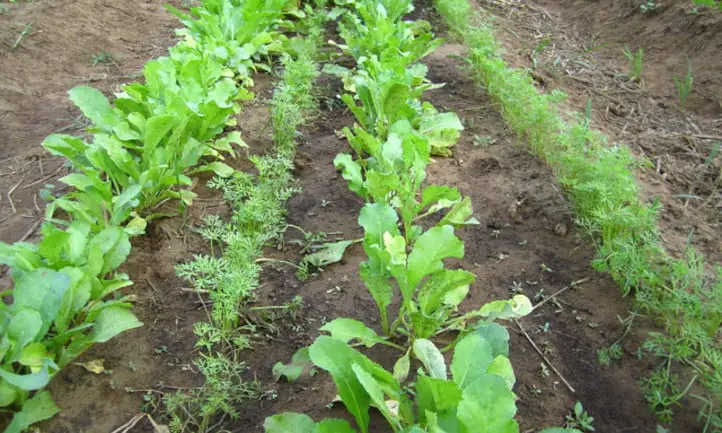
Bolting
Premature Flowering
Bolting is a phenomenon where a plant prematurely enters its flowering stage. In the case of carrots and radishes, bolting can be triggered by the stress of transplanting. When exposed to the sudden change in environment and disturbed root systems, these root crops may respond by initiating flowering prematurely, diverting energy away from bulb or root formation.
Negative Impact on Crop Yield and Quality
Once root crops bolt and enter the flowering stage, their focus shifts from producing the desirable root or bulb to reproduction. This shift inevitably results in reduced crop yield and compromised quality. Bolting not only affects the productivity of carrots and radishes, but it also alters their taste and texture, making them less desirable for consumption.
Inconsistent Sizes
Variation in Root Development
Transplanting carrots and radishes can lead to variations in root development. The disturbed root systems and the subsequent stress on the plants can cause irregular root growth patterns and sizes. Instead of uniform and desirable sizes, transplanting can result in a mix of smaller, misshapen, or irregularly sized roots, which may impact the overall visual appeal and marketability of these crops.
Non-Uniform Crop
Inconsistent sizes of carrots and radishes can also affect their market value and potential uses. In commercial settings, uniformity in size is highly desired for packaging and presentation purposes. Transplanting can introduce variability, making it challenging to achieve a visually appealing, uniform crop. Non-uniformity may not only affect marketability but also impact consumer satisfaction.

Increased Risk of Disease
Vulnerability to Pathogens
Transplanting carrots and radishes increases their vulnerability to diseases. The disturbed root system and potential root damage create entry points for pathogens that can cause infections. Without the protection of an established root system, transplanted crops are more susceptible to a range of soil-borne diseases, including fungal and bacterial infections.
Entry Points for Infections
When uprooted and transplanted, carrots and radishes face the risk of infections through open wounds or damaged root tissues. Soil-borne pathogens can easily enter these entry points and establish themselves, compromising the health of the plants. These infections can result in deteriorating plant quality, reduced yield, and even the complete loss of the crop in severe cases.
Time and Effort
Transplanting Process
Transplanting carrots and radishes can be a time-consuming process. It involves carefully uprooting the seedlings, preparing the new planting site, and delicately placing each seedling in the ground. The process needs to be done with precision to minimize root disturbance. The additional time and effort required for transplanting can be a significant deterrent for gardeners or farmers looking for a more efficient cultivation method.
Additional Work and Monitoring
Once transplanted, carrots and radishes require extra attention and care. The transplanted seedlings need to be monitored for signs of stress, watered adequately, and protected from pests or diseases. This additional work and monitoring can add to the already demanding nature of growing carrots and radishes, making the overall cultivation process more time-consuming and labor-intensive.
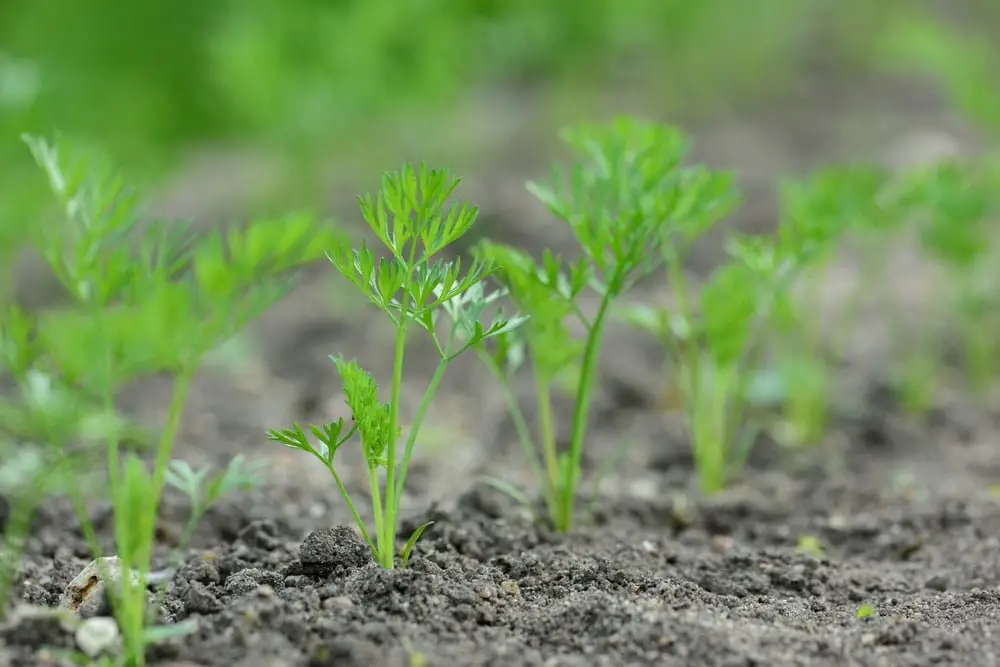
Cost
Expenses Associated with Transplanting
Transplanting carrots and radishes can incur additional costs. From purchasing seedlings or young plants to investing in appropriate tools and materials for transplanting, the expenses can quickly add up. These costs, coupled with the potential risks and uncertainties associated with transplanting, may outweigh the benefits and financial gains of this cultivation method.
Potential Losses
There is always a risk of loss when transplanting carrots and radishes. The delicate nature of the root crops makes them susceptible to damage during the transplanting process. Transplant shock, diseases, or unfavorable environmental conditions can further increase the chances of loss. A significant loss of transplanted crops can result in financial setbacks and discourage farmers or gardeners from attempting transplanting in the future.
Difficulties with Transplanting
Fragility of Young Seedlings
Young seedlings of carrots and radishes are delicate and prone to damage. Their fragile stems and tender leaves make them susceptible to breakage or wilting during the transplanting process. The challenge lies in handling and transporting these young seedlings without causing any harm, which can be particularly difficult for inexperienced gardeners or farmers.
Prone to Damage during Transplantation
Even with the utmost care, transplanting can unintentionally cause damage to the delicate seedlings. Whether it is root damage during uprooting or physical stress during the transplantation process, there is always a risk of harming the plants. Damaged seedlings may struggle to recover and establish themselves, leading to reduced growth and productivity.
Environmental Stress
Temperature and Moisture Changes
Transplanting carrots and radishes exposes the seedlings to a sudden change in environmental conditions. The temperature and moisture levels in the new planting site may vary compared to the seedling’s previous location. These abrupt changes can cause stress for the plants, impacting their ability to adapt, grow, and thrive.
Unfavorable Conditions for Transplants
Carrots and radishes require specific growing conditions to ensure optimal growth and development. Transplanting can introduce unfavorable conditions for the seedlings, such as poor soil quality or inadequate sunlight exposure. These conditions can hinder their ability to establish and grow, resulting in subpar crop yield or even plant mortality.
In conclusion, while transplanting may be a viable option for many vegetable crops, it is best to avoid transplanting carrots and radishes. The delicate root systems, susceptibility to root disturbance, potential for stunted growth, increased risk of disease, and other factors mentioned above make transplanting these root crops a risky endeavor. To ensure the highest yield, flavor, and overall quality, it is advisable to directly sow carrot and radish seeds in the desired growing location. By following this approach, you can maximize your chances of growing healthy and vibrant carrots and radishes without the potential drawbacks associated with transplanting.

